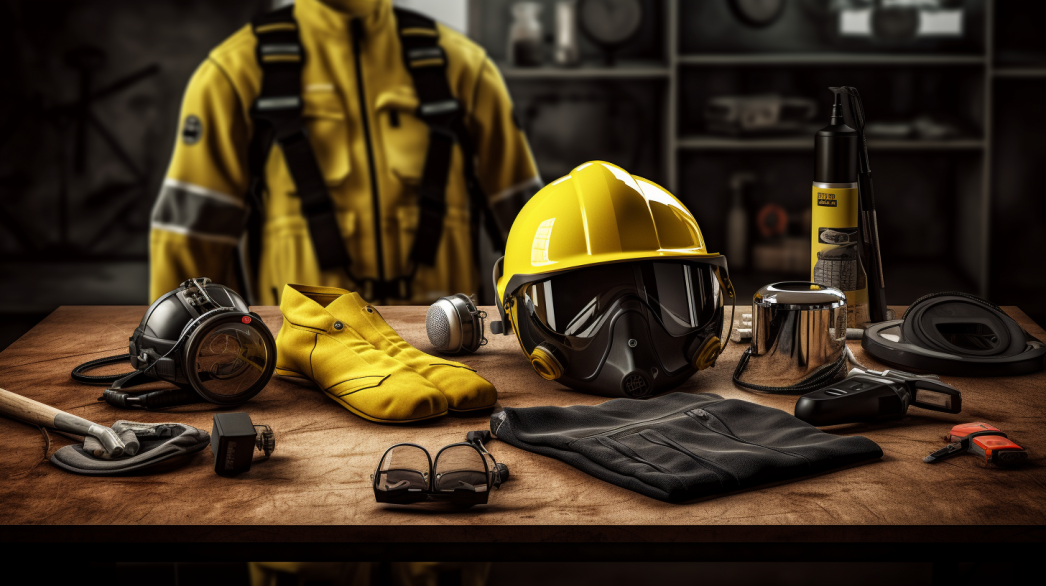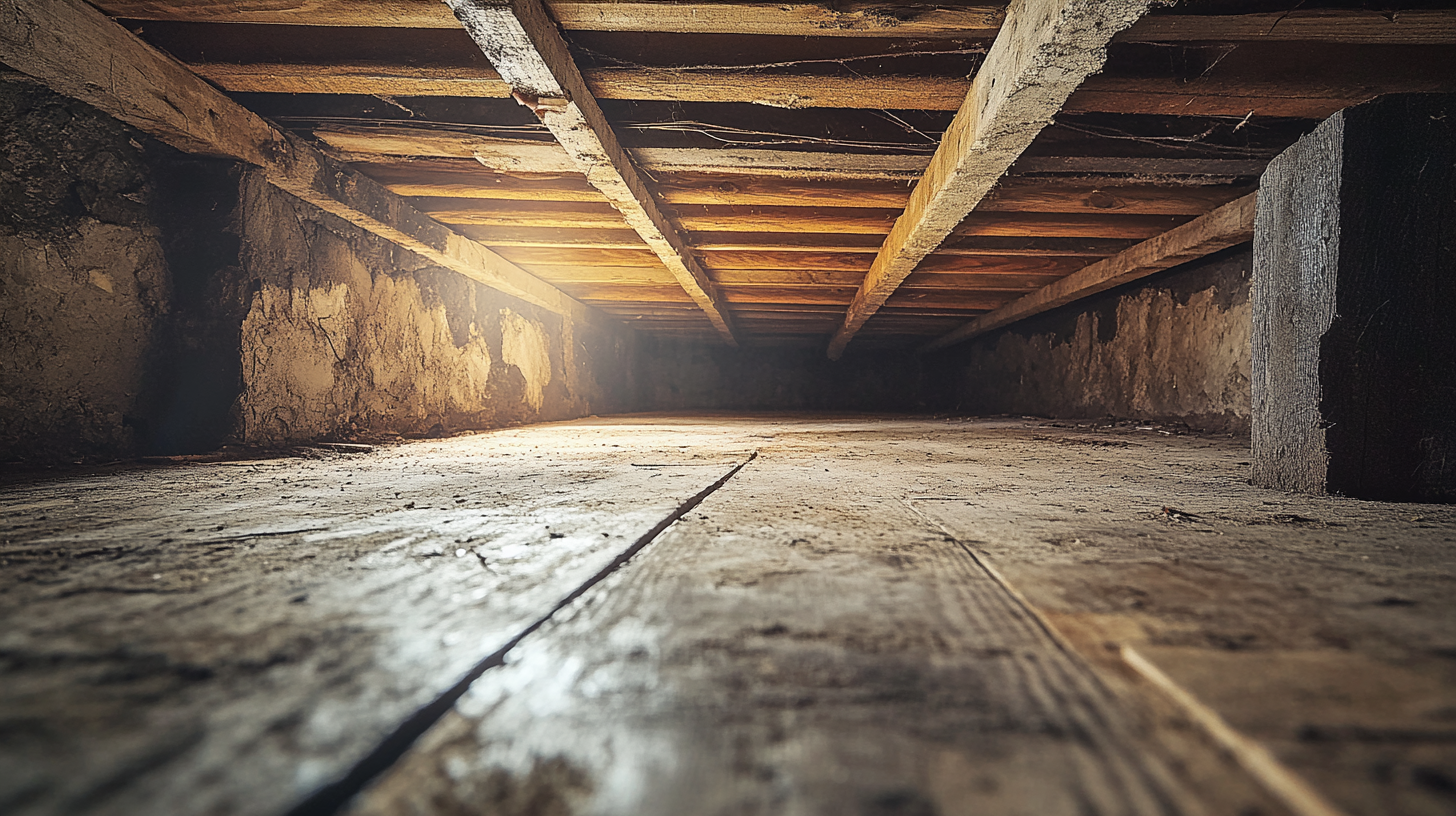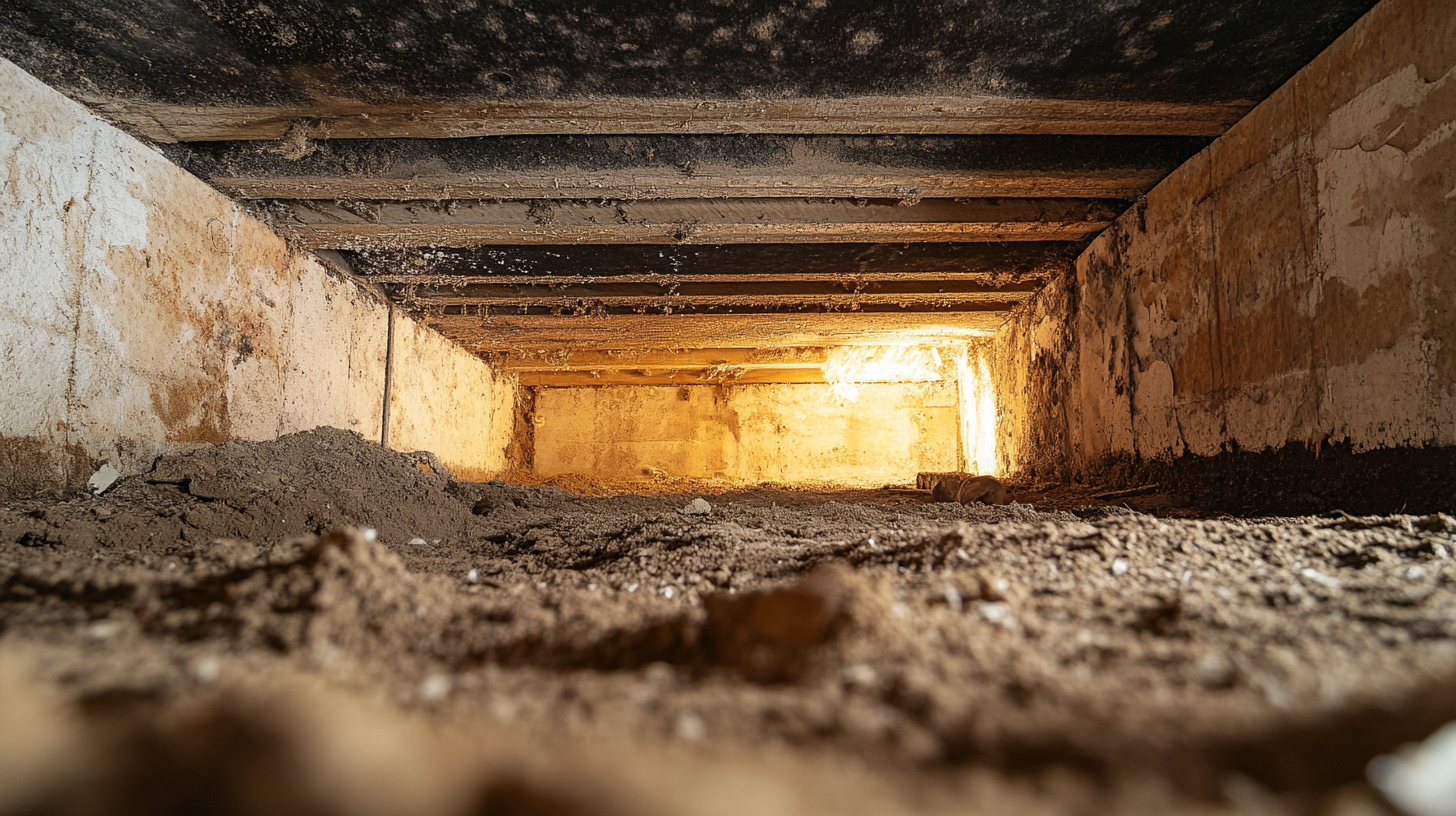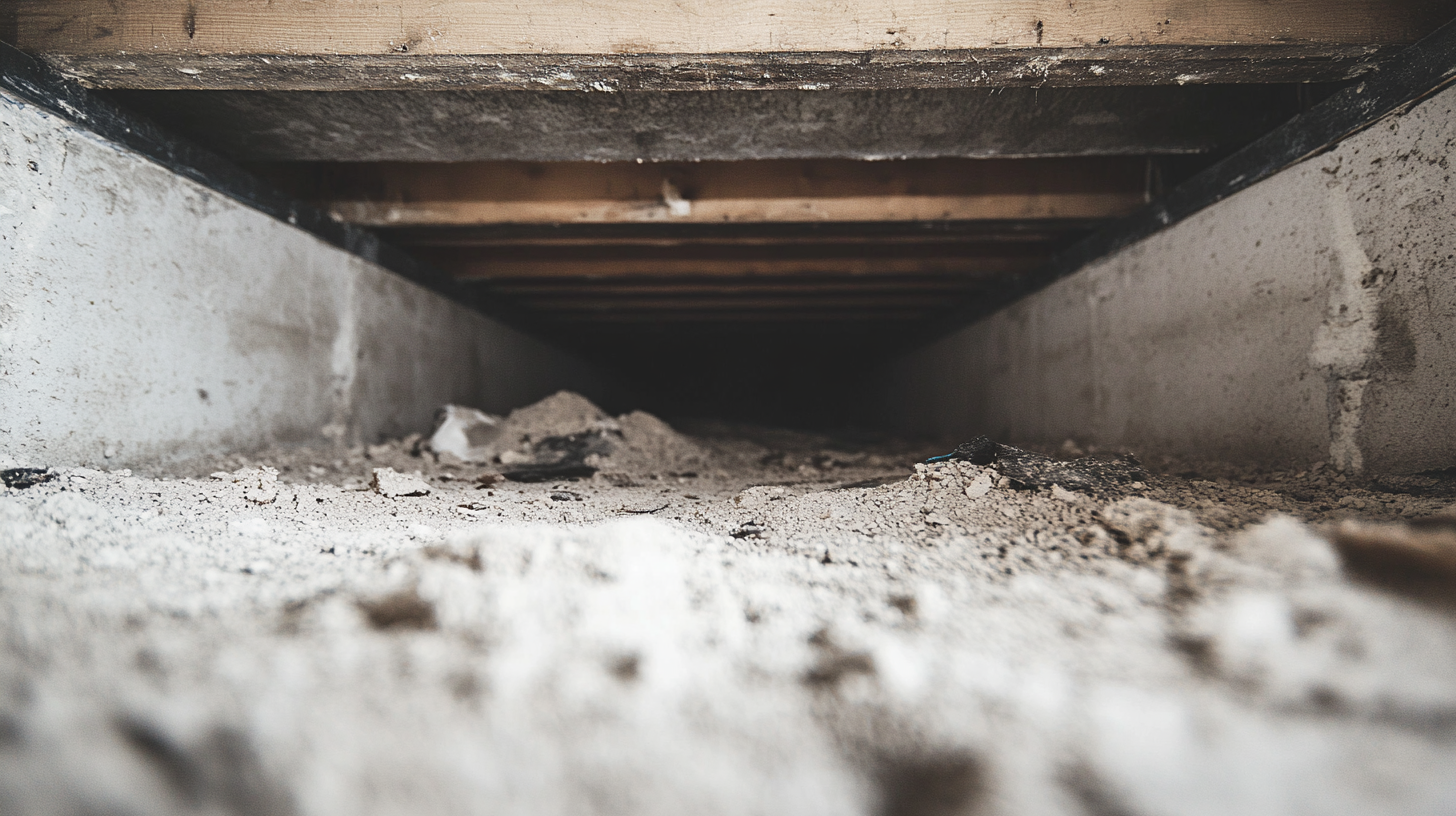Asbestos Safety Measures During Restoration Work

When embarking on restoration projects, one critical aspect that must not be overlooked is asbestos safety. Asbestos, a once widely used material in construction for its durability and heat resistance, poses significant health risks when its fibers become airborne and are inhaled. Ensuring asbestos safety is paramount to protect the health and well-being of all individuals involved in restoration projects, from construction workers to future occupants of the restored space.
The importance of asbestos safety in restoration projects cannot be overstated. Exposure to asbestos fibers can lead to serious respiratory conditions, including asbestosis, lung cancer, and mesothelioma, a rare and aggressive cancer. These health risks necessitate stringent safety protocols and adherence to regulatory guidelines during restoration activities.
In addition to health considerations, adhering to asbestos safety measures is also a legal requirement. Regulations and guidelines have been established to manage the risks associated with asbestos and ensure that restoration projects are conducted safely and responsibly. Failure to comply with these regulations can result in legal consequences and financial penalties, underscoring the necessity of proper asbestos management.
By prioritizing asbestos safety, restoration professionals not only safeguard their health but also demonstrate their commitment to responsible and ethical practices. This includes thorough inspections to identify the presence of asbestos, appropriate removal and disposal methods, and continuous monitoring to prevent contamination.
In summary, the significance of asbestos safety in restoration projects lies in its potential to prevent severe health risks and ensure regulatory compliance. It is a crucial element of project planning and execution, reflecting a dedication to health, safety, and professional integrity.
Initial Assessment and Hazard Identification
In the realm of restoration projects, the initial assessment and hazard identification phase is crucial for ensuring the safety and health of everyone involved. This phase focuses on systematically identifying potential asbestos-containing materials (ACMs) and assessing the risks associated with them. Adhering to meticulous procedures during this stage can significantly mitigate the dangers posed by asbestos exposure.
Site Inspection
Conducting thorough site inspections is the first step in identifying potential ACMs. This process involves a detailed examination of the entire restoration site to locate materials that might contain asbestos. Inspectors should carefully assess areas known for asbestos use, including:
- Insulation: Asbestos was commonly used in insulation materials for its heat-resistant properties. Inspect walls, attics, and basements where insulation is present.
- Roofing: Roof shingles and felt often contained asbestos. A thorough inspection of the roof is essential.
- Flooring: Vinyl tiles, linoleum, and the adhesives used in older flooring might contain asbestos. Inspect flooring materials meticulously.
- Old Pipework: Asbestos was frequently used to insulate pipes. Check both visible and hidden pipes, especially in older buildings.
These inspections must be comprehensive and detailed, utilizing tools and techniques such as visual examinations, sample testing, and laboratory analysis to confirm the presence of asbestos.
Risk Assessment
Once potential ACMs have been identified, the next critical step is conducting a risk assessment. This involves evaluating both the severity and likelihood of asbestos exposure, considering factors such as the condition of the materials and their location. Key elements of a risk assessment include:
- Severity of Exposure: Determine how friable the ACMs are. Friable materials are more likely to release asbestos fibers when disturbed. Assess whether the materials are damaged or deteriorating, as these conditions increase the risk of fiber release.
- Likelihood of Exposure: Evaluate how likely it is that people will come into contact with the ACMs during the restoration project. Consider the work activities planned and how they might disturb the asbestos materials.
Prioritizing hazards is a vital part of this assessment. Hazards should be ranked based on their potential health impacts, with the most severe and likely risks addressed first. This prioritization ensures that the most dangerous situations are managed promptly, reducing the overall risk of asbestos exposure.
In conclusion, the initial assessment and hazard identification phase is fundamental in restoration projects involving potential asbestos exposure. Thorough site inspections and rigorous risk assessments form the backbone of this phase, ensuring that all ACMs are identified and managed appropriately to protect the health and safety of everyone involved.
Personal Protective Equipment (PPE)
Ensuring the safety of workers involved in restoration projects where asbestos is present is paramount. Personal Protective Equipment (PPE) is a critical component in protecting individuals from the hazardous effects of asbestos fibers. Proper selection, usage, and maintenance of PPE can significantly reduce the risk of exposure and ensure a safe working environment.
Essential PPE
When working with or around asbestos-containing materials (ACMs), it is essential to equip workers with the appropriate PPE. The following items are crucial:
- Respirators: Respirators are vital in protecting against inhalation of asbestos fibers. Use P100 or N100 respirators, which are designed to filter out at least 99.97% of airborne particles. These respirators provide the necessary protection against the microscopic fibers that pose serious health risks.
- Protective Clothing: To prevent asbestos fibers from contaminating regular clothing and coming into contact with the skin, workers should wear disposable coveralls. These coveralls should be made of material that does not easily tear and should cover the entire body, including arms and legs. Additionally, gloves and shoe covers should be used to prevent fibers from being carried off-site on workers’ hands and feet.
- Eye Protection: Safety goggles or face shields are essential to protect the eyes from asbestos fibers. These protective devices should fit snugly and comfortably to prevent any gaps where fibers might enter.
Usage and Maintenance
Proper usage and maintenance of PPE are critical to its effectiveness. The following guidelines should be adhered to:
- Ensure Proper Fitting: PPE must fit correctly to be effective. Respirators should create a seal around the nose and mouth, and protective clothing should cover all skin without being too loose. Ill-fitting equipment can allow asbestos fibers to bypass the protective barriers.
- Regular Inspection: PPE should be inspected regularly for any signs of damage or wear. Respirators should be checked for proper function, and filters should be replaced as needed. Protective clothing should be discarded if torn or heavily contaminated.
- Training: Workers should be thoroughly trained on the correct usage, donning, and doffing procedures of PPE. This includes how to put on the equipment properly, how to wear it during tasks, and how to remove it without contaminating themselves or their surroundings. Proper training ensures that workers are not only protected but also confident in their ability to use PPE correctly.
By following these guidelines for PPE selection, usage, and maintenance, restoration projects can be conducted safely, minimizing the risk of asbestos exposure. Protecting workers with the right equipment is a fundamental responsibility, ensuring their health and safety in environments where asbestos hazards exist.
Containment and Isolation
Effective containment and isolation are essential strategies in managing asbestos safely during restoration projects. These measures ensure that asbestos fibers do not spread beyond designated work areas, thereby protecting both workers and the surrounding environment.
Establishing Containment Zones
Creating secure containment zones is the first step in isolating asbestos work areas. This involves:
- Use of Plastic Sheeting and Barriers: Heavy-duty plastic sheeting is used to create physical barriers around the asbestos work areas. These barriers should completely enclose the worksite, covering walls, floors, and ceilings to prevent asbestos fibers from escaping. Seams should be securely taped, and entry points should be minimized to maintain the integrity of the containment.
- Implementing Negative Air Pressure Systems: To further prevent the spread of asbestos fibers, negative air pressure systems are employed within containment zones. These systems use HEPA-filtered exhaust fans to draw air out of the containment area, ensuring that any fibers are captured and filtered out before the air is released. This creates a pressure differential that keeps contaminated air inside the work area, preventing it from escaping into surrounding spaces.
Decontamination Procedures
Proper decontamination procedures are crucial for maintaining safety when entering and exiting containment zones. These procedures include:
- Setting Up Decontamination Units: Decontamination units should be established at the entry and exit points of containment zones. These units typically consist of three chambers: a clean room, a shower room, and a dirty room. Personnel and equipment must pass through these chambers to ensure that all asbestos fibers are removed before leaving the containment area.
- Protocols for Entering and Exiting Containment Zones: Strict protocols must be followed to prevent cross-contamination. Upon entering, workers should don their personal protective equipment (PPE) in the clean room before moving into the work area. When exiting, workers should first remove any gross contamination in the dirty room, then thoroughly wash and rinse off all asbestos fibers in the shower room, and finally remove their PPE in the clean room. This step-by-step process ensures that no asbestos fibers are carried out of the containment area.
By rigorously establishing containment zones and adhering to stringent decontamination procedures, restoration projects can effectively control asbestos exposure risks. These measures are vital for protecting both workers and the environment from the harmful effects of asbestos fibers.
Safe Handling and Removal of Asbestos
Handling and removing asbestos safely is a critical aspect of restoration projects involving asbestos-containing materials (ACMs). Adhering to established safety protocols minimizes the risk of asbestos fiber release, ensuring the protection of workers and the environment.
Handling Techniques
Proper handling techniques are essential to reduce the release of asbestos fibers during restoration work. The following methods should be employed:
- Use Wet Methods to Minimize Dust and Fiber Release: Wetting asbestos materials before and during handling significantly reduces the likelihood of asbestos fibers becoming airborne. Spraying a fine mist of water mixed with a wetting agent directly onto the ACMs keeps the fibers damp, preventing them from dispersing into the air. This technique is particularly important when cutting or breaking ACMs, as these activities can generate significant dust.
- Avoid Disturbing Materials Unnecessarily to Reduce Exposure: Minimizing the disturbance of asbestos materials is crucial. Workers should handle ACMs gently and avoid actions that could break or crumble the material. Careful planning and execution of tasks help reduce unnecessary movement or disturbance of asbestos, thereby lowering the risk of fiber release.
Removal Procedures
Safe removal procedures are vital for the effective containment and disposal of asbestos materials. The following steps should be followed:
Carefully Remove and Bag Asbestos Materials in Sealed Containers: When removing ACMs, workers should use tools and techniques that minimize the breakage and release of fibers. Removed materials should be immediately placed into thick, sealable plastic bags or containers. These containers must be clearly labeled with asbestos hazard warnings to ensure proper handling and disposal later.
Follow Approved Procedures for Transportation and Disposal of Asbestos Waste: The transportation and disposal of asbestos waste must adhere to regulatory guidelines to prevent environmental contamination and human exposure. Approved procedures include:
- Transporting Asbestos Waste: Asbestos waste should be transported in sealed containers to prevent fiber release during transit. Vehicles used for transportation must be appropriately labeled and comply with local regulations for hazardous materials.
- Disposing of Asbestos Waste: Asbestos waste must be disposed of at licensed hazardous waste disposal facilities. These facilities are equipped to handle and contain asbestos safely, preventing it from entering the environment. Documentation of the disposal process should be maintained to ensure compliance with legal requirements.
By following these handling and removal procedures, restoration projects can effectively manage asbestos risks, ensuring the safety of workers and the surrounding community. Proper techniques and strict adherence to regulatory guidelines are essential for the responsible and safe handling of asbestos.
Air Quality Management
Maintaining air quality is a critical aspect of managing asbestos safely during restoration projects. Proper air quality management ensures that asbestos fibers do not pose a risk to workers or the surrounding environment.
Ventilation
Effective ventilation is crucial in controlling and dispersing asbestos fibers in the air. The following practices should be implemented:
- Ensure Adequate Ventilation to Disperse Asbestos Fibers: Proper ventilation helps to dilute and remove airborne asbestos fibers from the work area. Utilizing natural ventilation by opening windows and doors, where possible, can facilitate airflow. However, this should be done carefully to avoid spreading asbestos fibers to uncontaminated areas.
- Use HEPA-Filtered Air Scrubbers to Clean Contaminated Air: High-Efficiency Particulate Air (HEPA) filters are essential in capturing asbestos fibers. Air scrubbers equipped with HEPA filters should be used in the work area to continuously clean the air. These devices draw in contaminated air, filter out asbestos fibers, and then release clean air back into the environment. This process significantly reduces the concentration of airborne asbestos fibers, maintaining safer air quality.
Air Monitoring
Regular air monitoring is vital to ensure that asbestos levels remain within safe limits throughout the restoration project. The following measures should be taken:
- Regularly Test Air for Asbestos Fibers During and After Work: Air monitoring involves collecting air samples from the work area and analyzing them for asbestos fibers. This testing should be conducted regularly during the project to ensure that control measures are effective. Air testing should also continue after the completion of asbestos removal to confirm that the area is safe for reoccupation.
- Implement Measures to Maintain Safe Air Quality Levels: Based on air monitoring results, appropriate measures should be taken to maintain safe air quality. If elevated levels of asbestos fibers are detected, immediate actions such as increasing ventilation, improving containment, or enhancing decontamination procedures should be implemented. Regular monitoring and responsive adjustments ensure that air quality remains safe for all individuals in and around the work area.
By adhering to these ventilation and air monitoring practices, restoration projects can effectively manage air quality, minimizing the risk of asbestos exposure. These measures are essential for safeguarding the health and safety of workers and the public, ensuring that asbestos fibers do not pose a hazard during and after the restoration process.
FAQs
Contact Fast Response Cleaning & Restoration Today!
Fast Response Cleaning & Restoration will do everything we can to ensure your experience with us is excellent.
Request A FREE Estimate
Request A FREE Estimate Form
CHECKOUT RECENT POST



Have an Emergency? We're Here to Help!
When it comes to disaster cleanup, we are a seasoned veteran in the industry and have helped hundreds of property owners just like you.
Our disaster recovery teams are available 24-7 to quickly clean up and repair disasters of all types.
